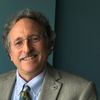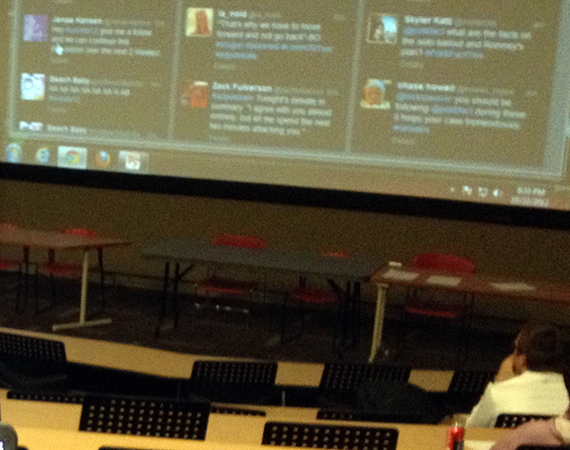Public relations students from across the country organized and participated this week in a live chat on Twitter that included faculty and PR professionals. While most of the conversation featured best practices of PR writing, as evidenced by this #PRSSA Storify, the expansion of the classroom into international and public space raises important issues.
The Public Relations Student Society of America (PRSSA) is at the forefront of engaging students in social media during their national conference, live chats and numerous PRSSA regional and campus events each year. The PR profession through PRSA has embraced social media, and many professors integrate Twitter and other platforms by using course hashtags and live tweets.
Coincidentally, the American Association of University Professors (AAUP) has released an important update to its 2004 electronic communications report that addresses academic freedom within social media. It comes amid an increasing number of cases in which professors have been caught within conflicts over social media posts.
Professors have been reprimanded for expressing personal opinions that might be construed to represent official university policy, for snarking that sounded threatening to students, and for surreptitiously recorded lectures edited and posted on YouTube that purport to show political bias.
AAUP reiterates, "Academic freedom, free inquiry, and freedom of expression within the academic community may be limited to no greater extent in electronic format than they are in print..." (p. 1). Still social media are changing the academic flow of information. AAUP recognized the challenges of sharing new information at academic conferences, for example, which may be "broadcast... via social media" (p. 7).
AAUP since 1940 has said that "teachers are entitled to freedom in the classroom in discussing their subject," which is very broad for communication professors utilizing current events and social media platforms. Today, AAUP points out, "a classroom is not simply a physical space, but any location, real or virtual, in which instruction occurs" (p. 8). I know computer-mediated communication (CMC) professors teaching by avatar in Second Life, mobile media professors using Snapchat and Vine video, and many other diverse platforms. If the classroom is everywhere online, where do academic freedom rules begin and end? How do political speech First Amendment rights interact? What happens to expectations of privacy and intellectual property within open social media spaces?
The AAUP has upheld the right of faculty members to speak freely about internal university affairs as a fundamental principle of academic freedom that applies as much to electronic communication as it does to written and oral communications... any restrictions that an institution may seek to impose on a faculty member's access and usage must be narrowly defined, and clearly and precisely stated in writing (p. 11).
In an era of outsourced Information Technology (IT), Bring Your Own Device (BYOD), continuous social media connection, and illusion of privacy protection, campuses are losing control over electronic communication. AAUP maintains faculty must engage with administrators to ensure open policies that protect academic freedom.
This report recommends that each institution work with its faculty to develop policies governing the use of social media. Any such policy must recognize that social media can be used to make extramural utterances, which are protected under principles of academic freedom (p. 15).
When faculty go online and communicate with students -- their students and those from other campuses -- broadening social networks constitute professional communities. Similar to the function of internships, real-time social media chat models professional norms needed to land communication jobs. Academic administrators must involve faculty experienced in social media to articulate campus norms and resist writing restrictive policies. Academic freedom, shared governance and free expression help define the brilliance of American higher education -- even when the classroom walls are removed on Twitter.

